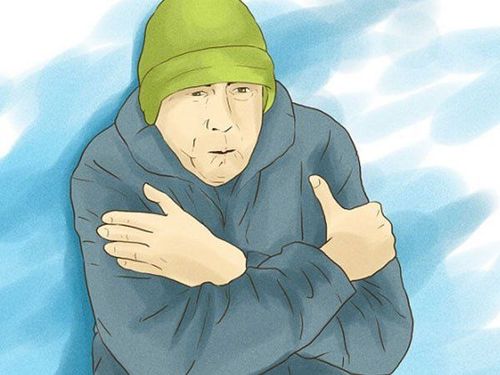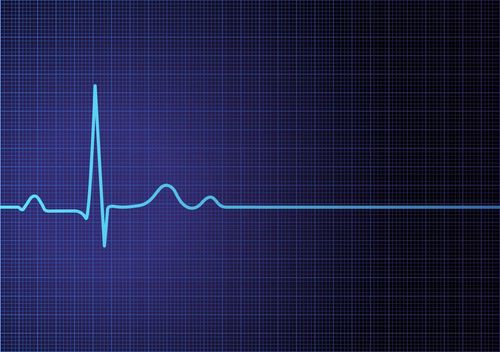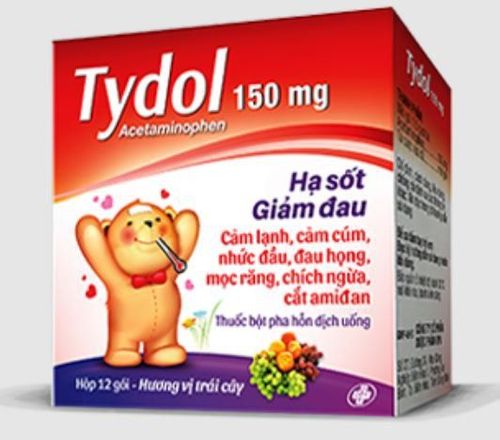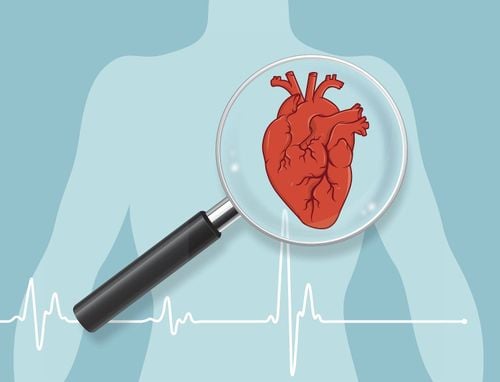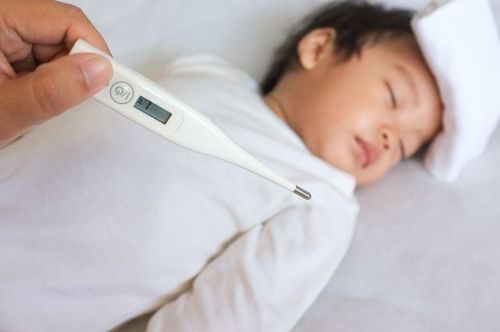This is an automatically translated article.
The article is professionally consulted by Master, Doctor Vu Huu Thang - Emergency Resuscitation Doctor - Emergency Resuscitation Department - Vinmec Ha Long International HospitalThe treatment of hypothermia in patients with circulatory arrest was first introduced in 1950 and has increasingly been shown to play an important role in emergency support and in improving mortality and complications in the United States. The patient has stopped breathing. This is an opportunity for patients after cardiac arrest to be able to survive and reduce the rate of serious brain sequelae.
1. What is hypothermia technique?
Hypothermia techniques are measures to lower the patient's body temperature after cardiac resuscitation after circulatory arrest, the usual measures can be ice application or cold water infusion but temperature cannot be controlled. accuracy leads to limited effectiveness. Therefore, doctors inserted a catheter into a blood vessel to conduct therapeutic hypothermia, bringing the patient's temperature to 33 degrees in 24 hours to wait for brain cells to recover. After 24 hours, the machine will warm the patient tightly to the standard 0.25 degrees/hour until the normal temperature is reached.Decreased body temperature is a way to help reduce anaerobic metabolism in cells, reduce oxygen and energy requirements of tissues, reduce calcium entering cells and reduce free radical production, blood-brain barrier damage, from As a result, the brain reduces inflammation and cerebral perfusion, improves oxygen supply, reduces brain cytotoxicity and recovers very well. In fact, this method has been routinely implemented in the world, but it is still limited in Vietnam.
2. Indications for hypothermia treatment
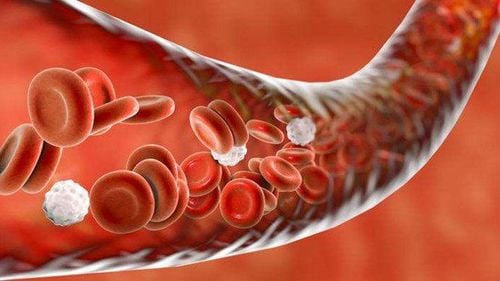
Protecting nerve cells in comatose patients after respiratory arrest; Patients in circulatory arrest present with pulseless ventricular fibrillation-tachycardia during cardiopulmonary resuscitation; Postcardiac arrest comatose patients present with asystole - pulseless electrical activity during CPR; Finally, the patient has persistent raised intracranial pressure and does not respond to medical treatment. Contraindications of the method include:
Patients with severe and prolonged hemodynamic disorders; Patients with severe infections; Patients with coagulopathy, prolonged bleeding; The patient has hematological problems that are aggravated by hypothermia.
3. Methods of hypothermia
Surface hypothermia: Means use of cold water or cold blankets, patches with heat exchangers for the patient, focal hypothermia with caps,... Internal hypothermia: Control body temperature with Intravenously through a catheter containing cold solution inserted into a central vein or infused into the general circulation.4. Stages of hypothermia
There are 4 stages of hypothermia:Stage 1: Rapid hypothermia, by the method selected above, the body temperature quickly reaches 32-36°C in 1-3 hours; Stage 2: Maintain desired body temperature and, depending on the patient's condition as well as the strategy of each resuscitation center, maintain the condition for 24-48 hours; Stage 3: The rewarming phase with an increase of body temperature from 0.25-0.5°C per hour to avoid complications of acute pulmonary edema or hemodynamic disturbances; Stage 4: Maintain a normal body temperature for a period of 24 hours. The technique of hypothermia is an advanced technique and has been proven in many parts of the world to be effective in patients with circulatory arrest. Therefore, this technique needs to be replicated in Vietnam to provide the best treatment results for critically ill patients with respiratory arrest when other measures are meaningless.
Please dial HOTLINE for more information or register for an appointment HERE. Download MyVinmec app to make appointments faster and to manage your bookings easily.





